DS 7 Crossback E-Tense: inside the design
Here, we look to the future of the DS brand by exploring its past and present
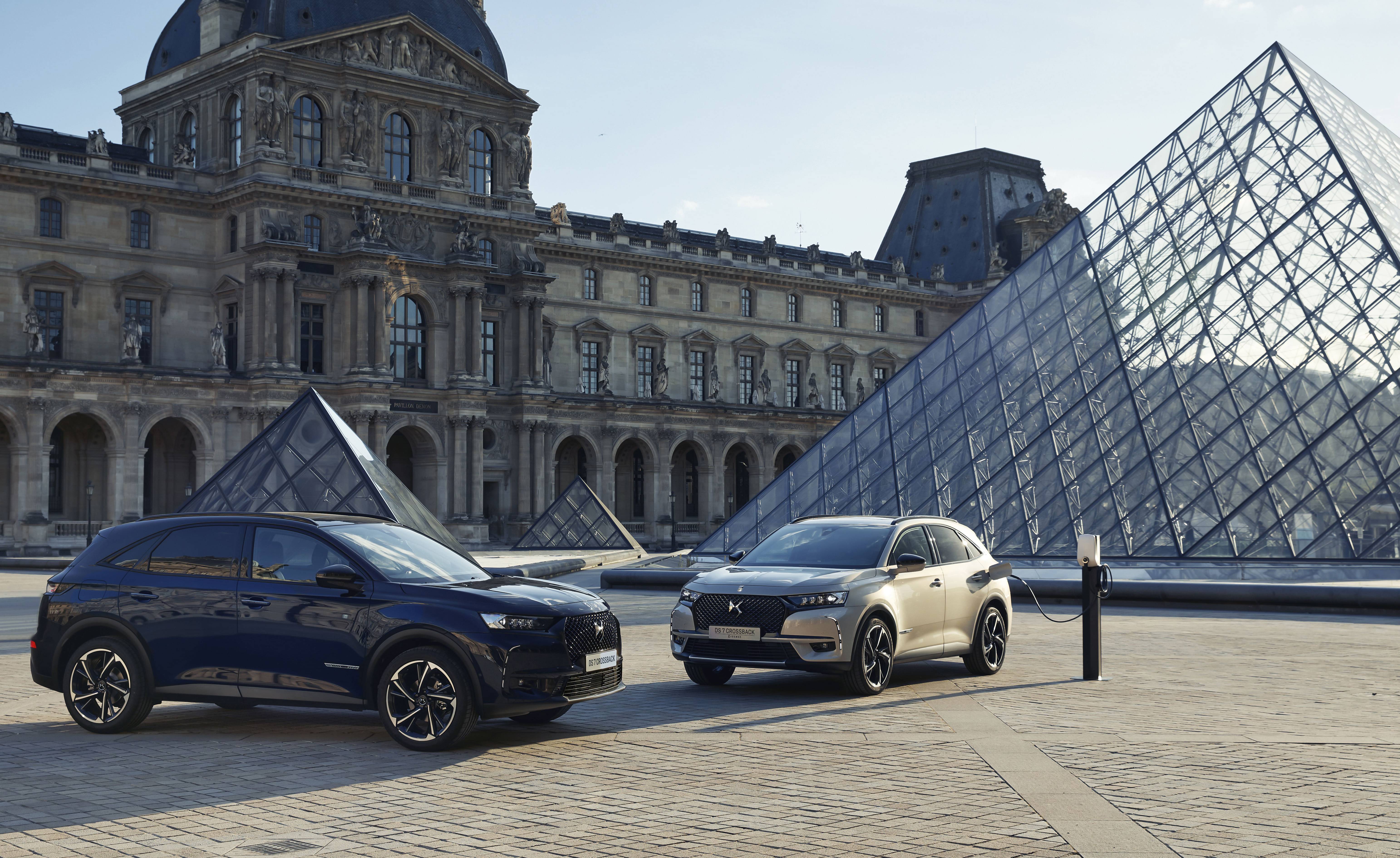
There are two things you need to know about DS Automobiles. The first is that it is a brand that is maturing at a time of massive change for the motor industry. The second is that it is has a very high opinion of its approach to design and culture. This is not necessarily a bad thing; corporate confidence can be very reassuring. But combine the two and things get complex. DS’s design heritage is both blatant and baffling. The name has its origins in a model name spun off into a new model, then a sub-brand, then into a standalone company, albeit one that shares platforms with its former parent Citroën. In the manner of many modern car companies, DS models are numbered. Currently they have the DS 3, DS 7 and DS 9: the bigger the number, the more expensive and prestigious the car.
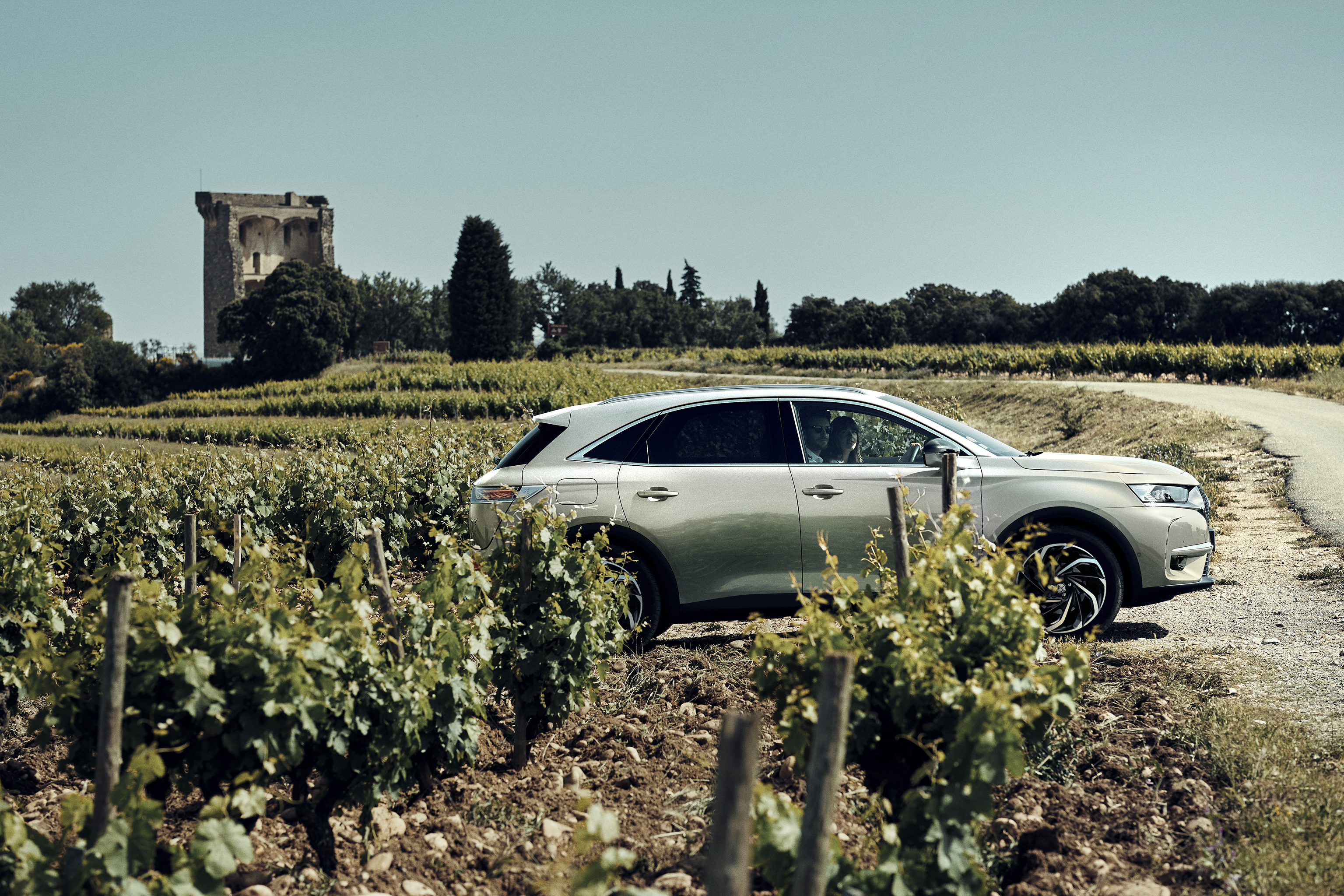
The DS 7 Crossback E-Tense
The DS 7 Crossback sits squarely in the middle of the road, an automotive soft rock compilation album with one or two belting tracks. This latest variant is the E-Tense, a plug-in hybrid that plugs the gap between conventional engines and the company’s pure electric range, which so far consists only of the DS 4 E-Tense. Yes, ‘E-Tense’ refers to both plug-in hybrid and pure EV models, a muddle that highlights how the whole industry is scrambling to integrate low-emission tech. In a decade, we’ll presumably look back at this transition with bemusement, wondering why cars were quite so confusing back in the 20s.
The problem is platforms. In terms of engineering, the DS 7 has to be all things to all people, and although its chunky crossover body shape is perfect for its wide-ranging brief; family car, premium car, low emission car, go-anywhere car, it looks ungainly. This impression is mitigated by the detail design and the interior, which is well above average and refreshingly different. On the road, the DS 7 is accommodating, not exhilarating. You won’t be disappointed by the DS 7’s ability, for it is pleasant to sit in and easy to drive, especially in the low-speed environments that occupies so much of modern motoring. Diverting a burst of electric energy to the drivetrain gives it a decent burst of speed but it’s still no match for the eerie magic carpet ride of its vintage namesakes, despite the ‘DS ACTIVE SCAN SUSPENSION’ system that uses a camera and sensors to prime each wheel for imminent changes in the road surface.

The DS 7 Crossback E-Tense
One of the original drivers of the DS brand was the lure of China’s burgeoning middle classes. Here was a pool of highly educated consumers, extremely well versed in the aesthetics and rankings of the world’s luxury good companies, many of whom have their heritage and headquarters in France. Even though it has a presence in nearly 40 countries, with a carefully shaped retail presence – the DS SALONS – it was success in the vast Chinese market that was to be the brand’s primary driving force. Up until now, that hasn’t quite worked out as planned. For a start, DS is no Vuitton – nor is it Chanel, YSL, Louboutin, Dior, etc., etc. In fact, you’d be hard-pressed to draw a direct equivalent between any automotive and fashion brand, regardless of their country of origin or historical provenance. Despite this flawed analogy, the company hasn’t stopped pushing a narrative of ‘French luxury’. In practice this means quilted leather, angular, faceted coppery metallic trim and a quirky little rotating clock in the centre of the dash, a la Maserati (a company once owned by Citroën, lest we forget).
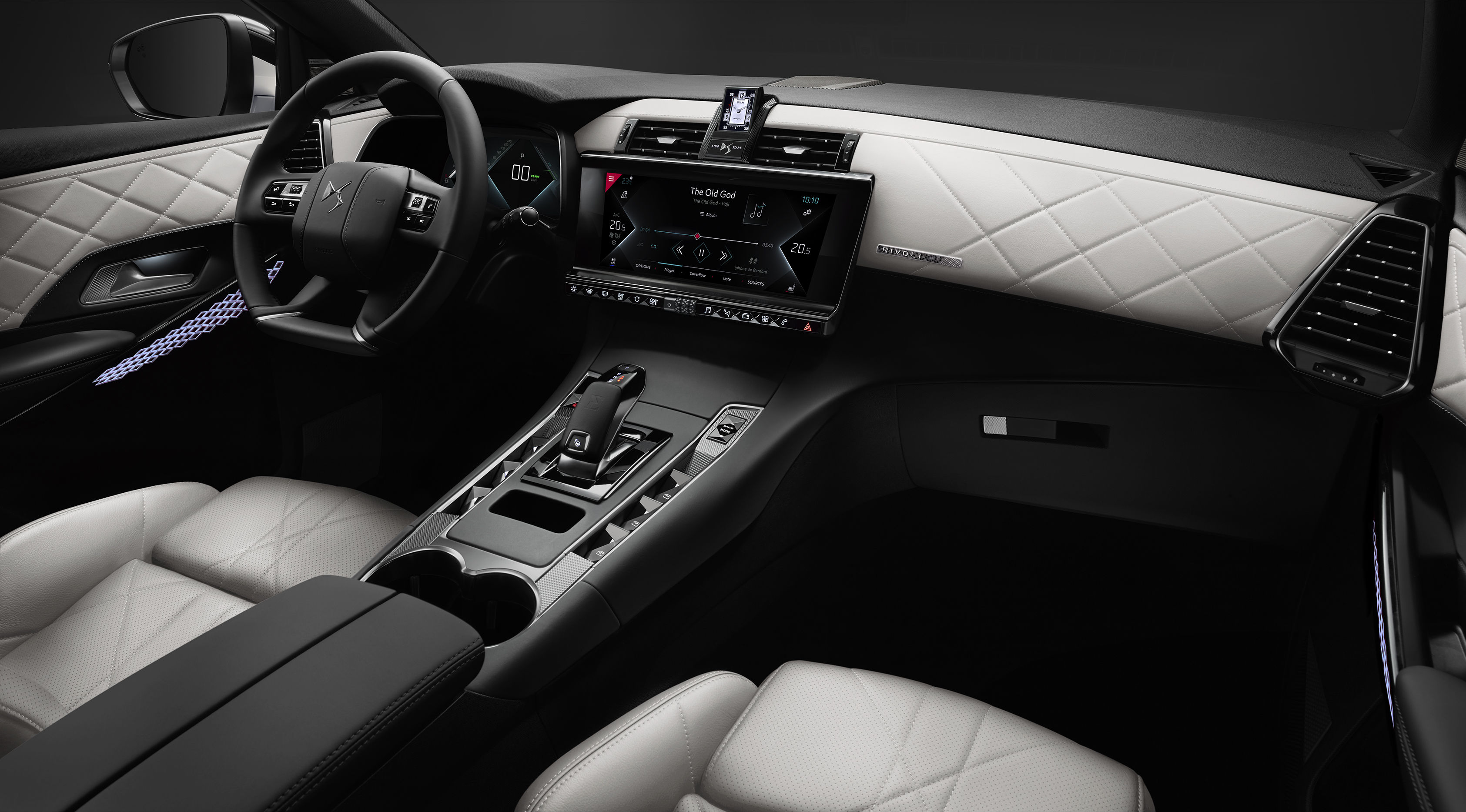
The interior of the DS 7 Crossback E-Tense
The DS range is still freighted with more potential than it currently delivers. However seductive the details, the whole package feels somewhat lacking. The new DS 9 and forthcoming DS 4 will certainly help re-align the brand as a provider of elegant quirkiness, especially in the light of Citroën's recent resurgence as a source of creativity and innovation. The DS 4 in particular finally places the company’s faceted design language on a body that’s the right proportions. The DS 7 is still only halfway to its destination.
INFORMATION
DS 7 Crossback range starts at £31,770
DS 7 Crossback Prestige E-Tense 225 AT, £45,270
Receive our daily digest of inspiration, escapism and design stories from around the world direct to your inbox.
Jonathan Bell has written for Wallpaper* magazine since 1999, covering everything from architecture and transport design to books, tech and graphic design. He is now the magazine’s Transport and Technology Editor. Jonathan has written and edited 15 books, including Concept Car Design, 21st Century House, and The New Modern House. He is also the host of Wallpaper’s first podcast.
-
 This cult Los Angeles pop-up restaurant now has a permanent address
This cult Los Angeles pop-up restaurant now has a permanent addressChef Brian Baik’s Corridor 109 makes its permanent debut in Melrose Hill. No surprise, it's now one of the hardest tables in town to book
-
 French bistro restaurant Maset channels the ease of the Mediterranean in London
French bistro restaurant Maset channels the ease of the Mediterranean in LondonThis Marylebone restaurant is shaped by the coastal flavours, materials and rhythms of southern France
-
 How ethical is Google Street View, asks Jon Rafman in Copenhagen
How ethical is Google Street View, asks Jon Rafman in CopenhagenIn 'Report a Concern - the Nine Eyes Archives' at Louisiana Museum of Art, Copenhagen, Jon Rafman considers technology's existential implications
-
 Peugeot’s sparky 308 gets hybrid power and handsome lines
Peugeot’s sparky 308 gets hybrid power and handsome linesThe Peugeot 308 proves that mass-market design needn’t be dull, blending hybrid power with sharp lines and excellent detailing
-
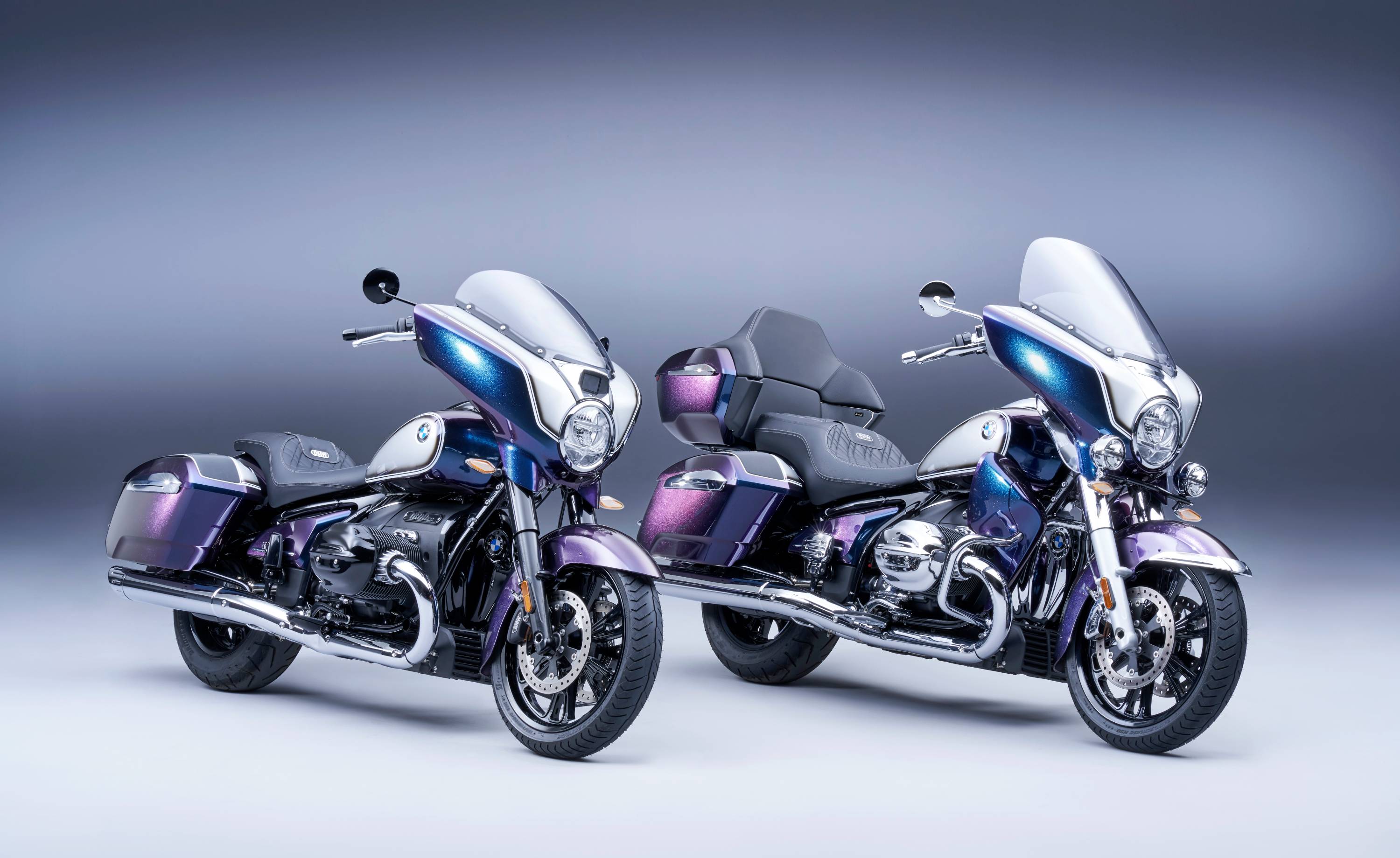 BMW Motorrad brings out the big guns for its newest cruisers
BMW Motorrad brings out the big guns for its newest cruisersBMW Motorrad R 18 Bagger and Transcontinental set the tone for high-voltage cruising with a brand collaboration with speaker specialist Marshall
-
 Dacia’s new Manifesto concept is a true outdoor utility vehicle
Dacia’s new Manifesto concept is a true outdoor utility vehicleUtilitarian auto brand Dacia sets a bold new agenda with its Manifesto, a concept car pitched at the active outdoor market
-
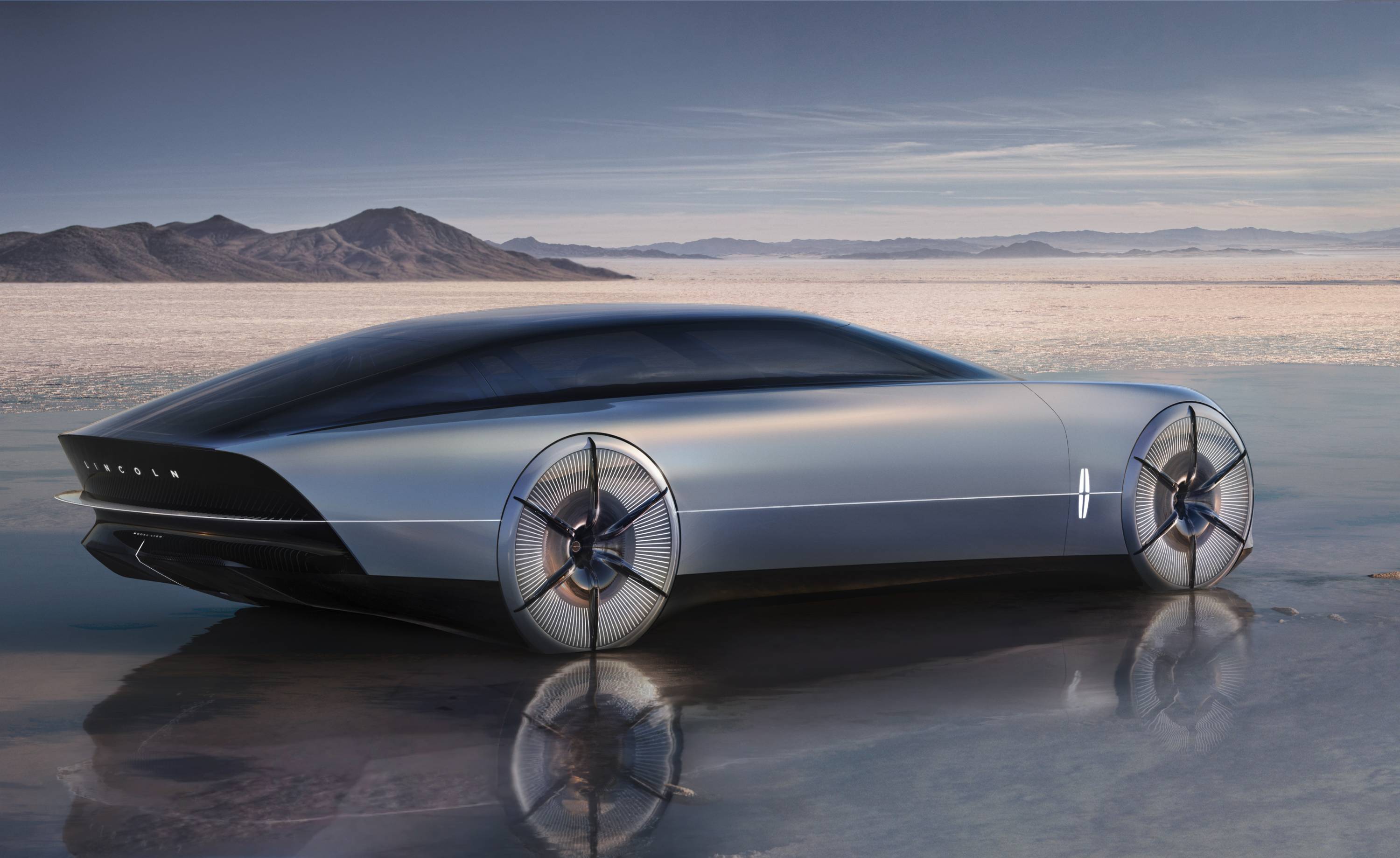 The sun sets on traditional supercars at California’s Monterey Car Week
The sun sets on traditional supercars at California’s Monterey Car WeekMonterey Car Week, the world’s most prestigious car gathering, is showcasing ever-more extravagant special editions, coachbuilt cars and all-new electric concepts. Here are seven key machines from 2022
-
 Is McLaren’s GT a sports car, a tourer, or the best of both?
Is McLaren’s GT a sports car, a tourer, or the best of both?The McLaren GT is a capable all-rounder dressed up in svelte supercar clothes. It might also be the last of its type
-
 Rolls-Royce puts the Phantom back on its lofty pedestal
Rolls-Royce puts the Phantom back on its lofty pedestalA mid-life refresh ensures the flagship Rolls-Royce Phantom Series II is at the top of its game, a last hurrah for traditional engines before an electrified future
-
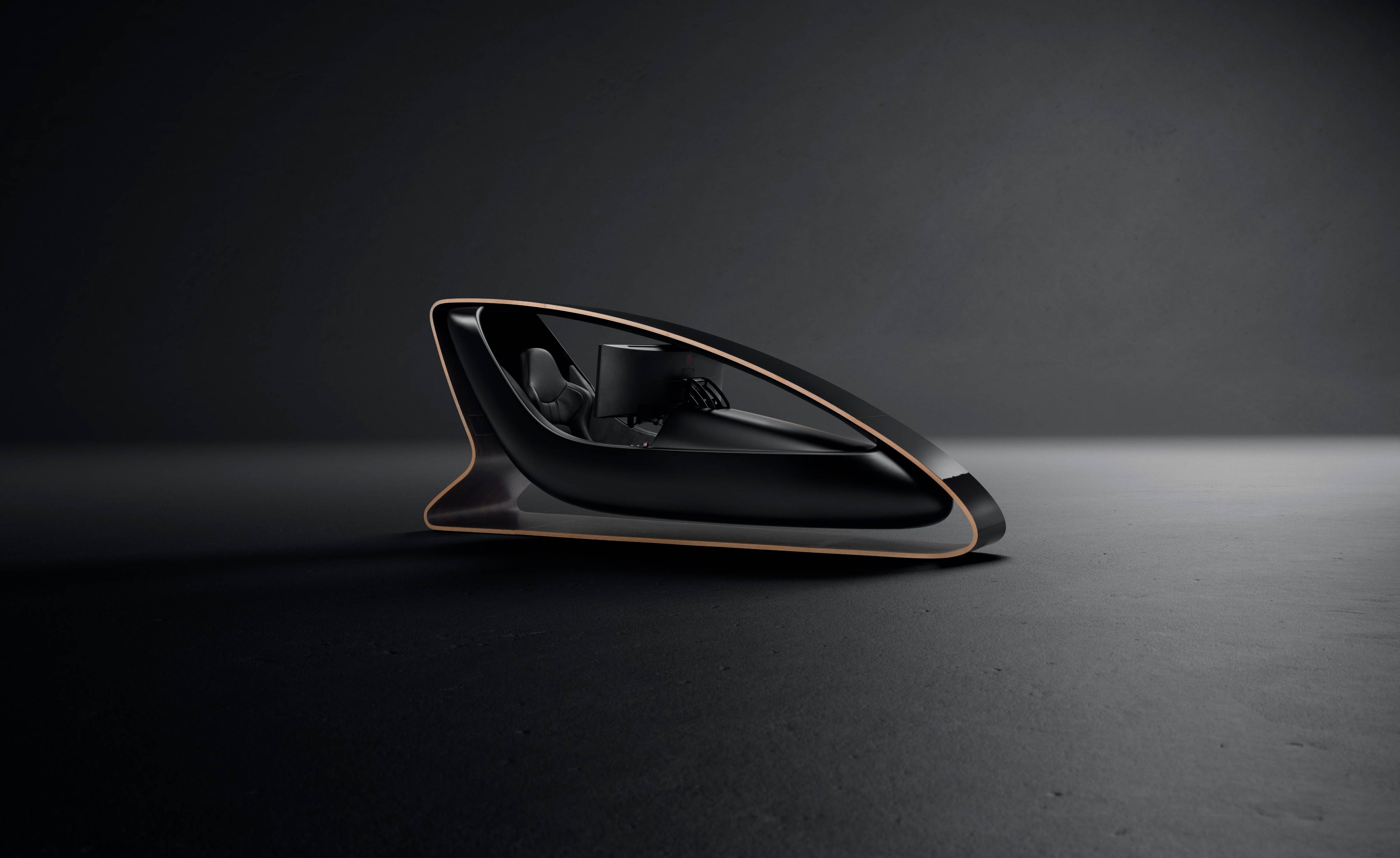 Prodrive’s new racing simulator is shaped by Callum to be front of the grid
Prodrive’s new racing simulator is shaped by Callum to be front of the gridThe racing simulator shapes up – this new design from Prodrive and Callum is honed for the high-end games room
-
 928 by Nardone Automotive: a restomod Porsche with Gallic verve and Italian style
928 by Nardone Automotive: a restomod Porsche with Gallic verve and Italian style928 by Nardone Automotive is a gracefully modernised version of Porsche’s endearingly different 928